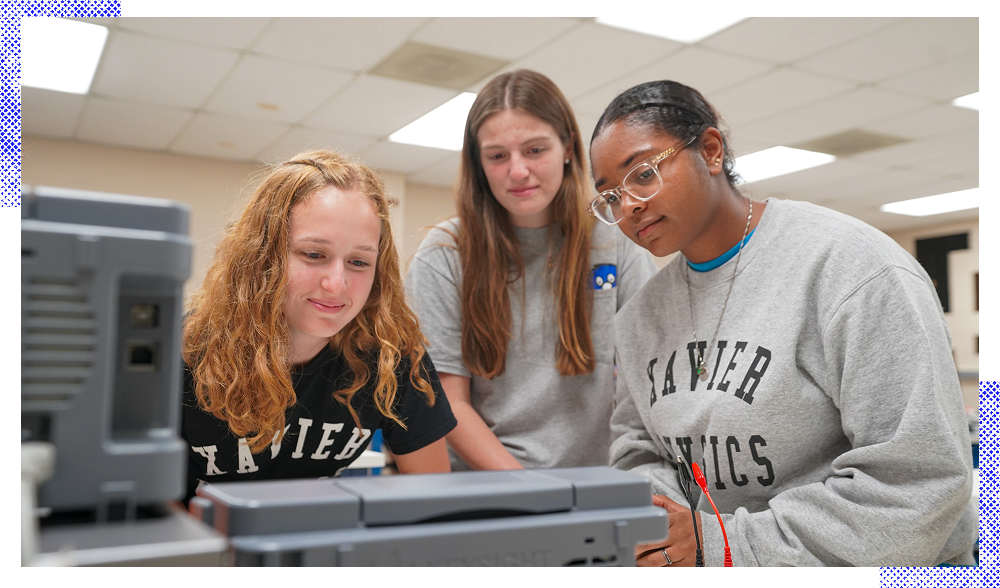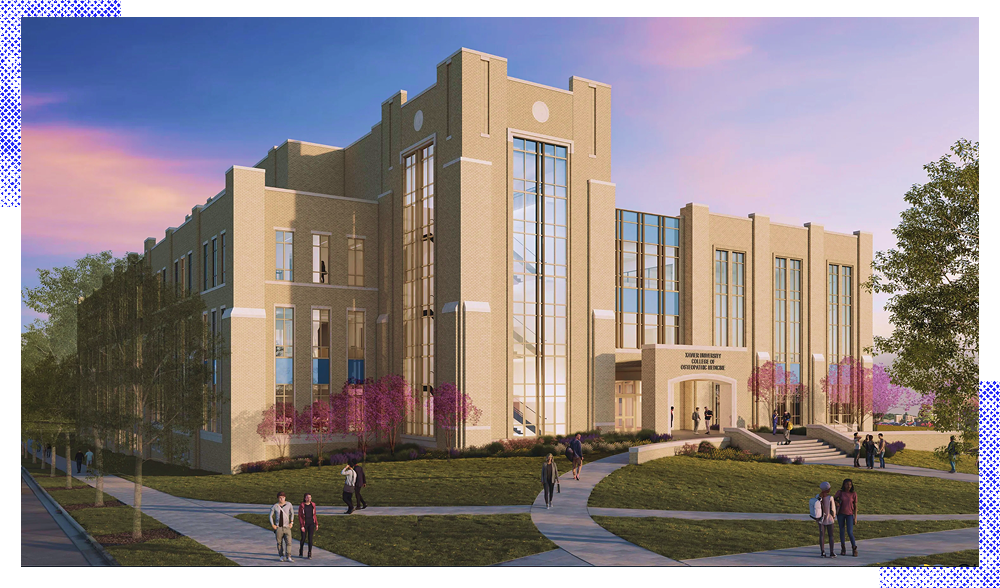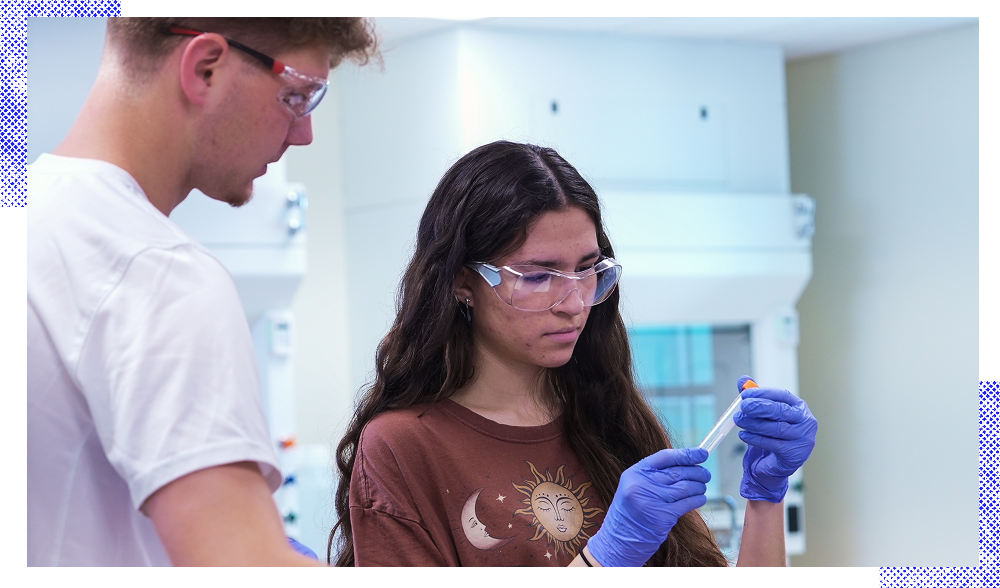FOR MORE THAN BUILDINGS.
FOR SPACES THAT BUILD BETTER LIVES.
Advancing education and research at Xavier.
From medicine to neuroscience, from chemistry to community health, Xavier is building the facilities that will define the next century of teaching and research — and meet the needs of our region. Our major capital investments, like the College of Osteopathic Medicine building, and a new facility for biology and chemistry with the potential to expand our science offerings, embody our Jesuit mission: educating students who serve others, while advancing knowledge that benefits all.
These investments secure Xavier’s place as a leader in preparing scientists, physicians and innovators who make a greater difference in the world.

For all who need care.
College of Osteopathic Medicine
With your support, Xavier is establishing the world’s first Jesuit Catholic college of osteopathic medicine. Through this initiative, we’re addressing the urgent need for primary care physicians in our region and beyond, while answering our mission to serve the whole person: mind, body and spirit. The college will train reflective, compassionate doctors who embody Xavier’s values, improve access to health care, and advance community well-being.

A new facility for biology and chemistry, with the potential to expand our science offerings.
Your investment will also bring to life a new facility to expand Xavier’s academic gateway and provide state-of-the-art space for student-centered teaching and research in biology and chemistry. Purpose-built for growth in programs like neuroscience and pre-med, it will prepare data-savvy, ethical, and entrepreneurial scientists for the challenges of tomorrow.
What we are building will amplify the success that Xavier students already achieve, and will extend it to even more fields of service and discovery.

of students are employed, attending grad school, or working in service or volunteer positions within six months of graduation (Class of 2024)
of pre-med students are accepted into med school, compared to a national average of 36% (Class of 2024)

